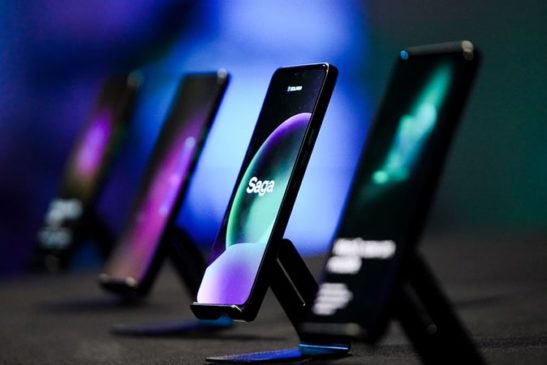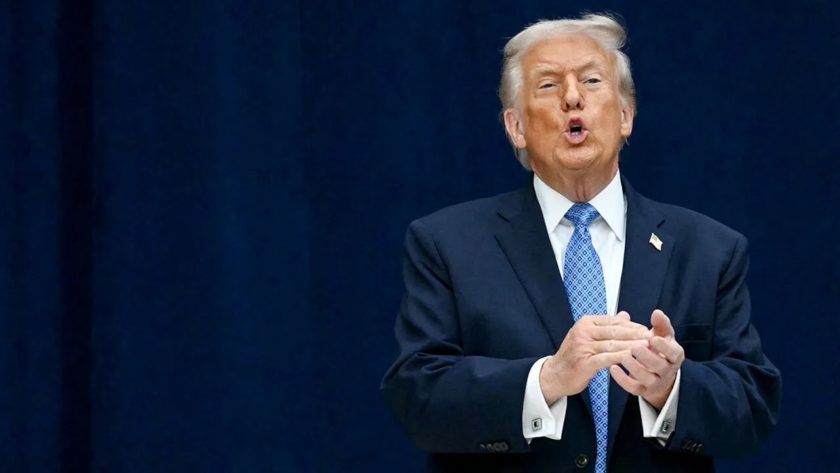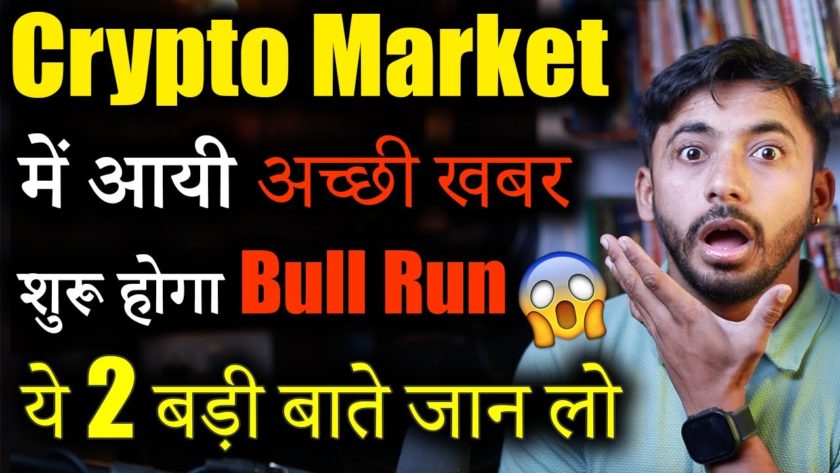Solana Mobile plans to significantly reduce the price to make the smartphone more competitive and affordable compared to Saga.
Solana Mobile made a big impact last year when it introduced Saga, a smartphone designed specifically for cryptocurrency enthusiasts. The phone stood out because it had a built-in hardware wallet and supported decentralized apps. It was a success, and now Solana Mobile is working on a new, more affordable smartphone to attract a wider audience.
According to a report by Coindesk, the upcoming Solana phone will have the same important features that made Saga popular among crypto users. The new phone will have a built-in Solana wallet, allowing users to securely store the SOL token, other cryptocurrencies, and NFTs. It will also come with a special app store that has a selection of decentralized apps (dApps) for users to explore.
However, Solana Mobile wants to make the new phone more appealing to a larger group of people by improving the hardware and lowering the price. Saga was originally quite expensive, priced at $1,000, which may have limited its appeal despite its interesting capabilities. The new phone will have updated components and specifications, including a potentially faster processor, better cameras, and other improvements.
Most importantly, Solana Mobile plans to significantly reduce the price to make it more competitive and affordable compared to Saga.
A Motivation From the Success of Saga
Solana Mobile’s decision to release a new and more affordable cryptocurrency smartphone was inspired by the unexpected success of Saga phone. Although it initially struggled to attract buyers, it eventually gained a loyal following in the crypto community and caught the attention of investors interested in its token giveaways.
Saga phones came with a pre-loaded amount of the BONK tokens and provided built-in support for claiming additional tokens. When crypto traders realized that the free tokens exceeded the $1,000 purchase price, demand for the limited supply of Saga phones skyrocketed. In secondary markets like eBay, prices reached as high as $3,200 per phone, more than three times the original cost.
Solana Mobile is now taking advantage of Saga’s popularity by improving the hardware and making crypto-related features more accessible to people who are curious about cryptocurrencies. Rather than only targeting experienced crypto users, a cheaper and more powerful Solana phone could show the usefulness of decentralized apps and digital wallets to everyday people. In addition, maintaining the core features of the first mobile phone can still appeal to its dedicated supporters and traders.
It remains to be seen how successful this strategy will be and whether Solana Mobile can avoid the supply constraints and speculative frenzy that affected Saga. However, the goal is clear: to keep the unique benefits of cryptocurrencies while enhancing the overall smartphone experience.
If Solana Mobile can deliver on these promises with its new phone, while keeping the price reasonable for regular mobile users, it could be a significant step towards mainstream adoption of cryptocurrencies. More people would have the opportunity to experience the benefits of the decentralized internet and apps right from their pockets.



